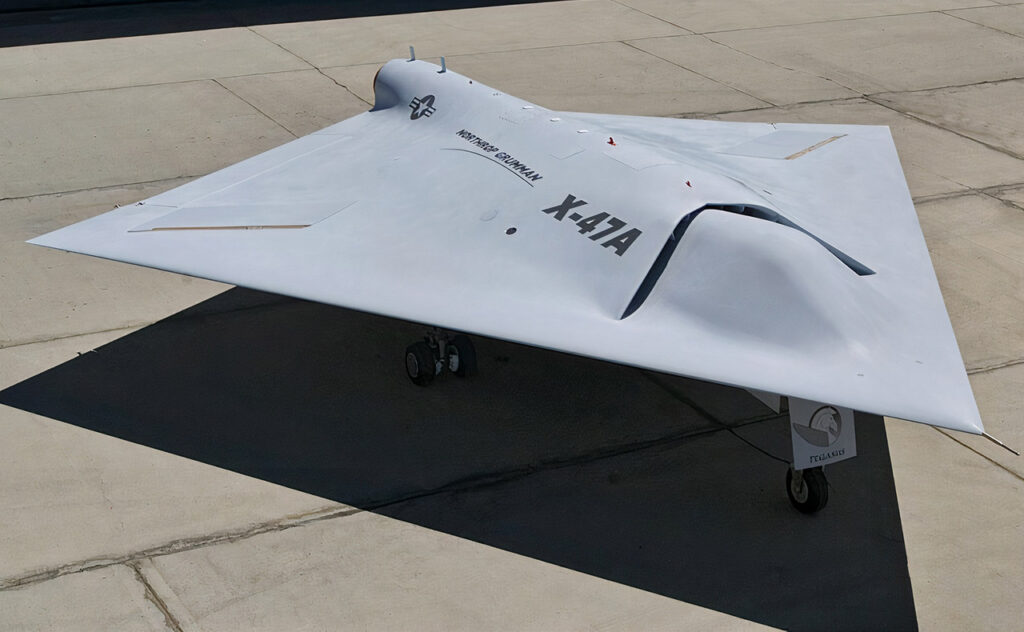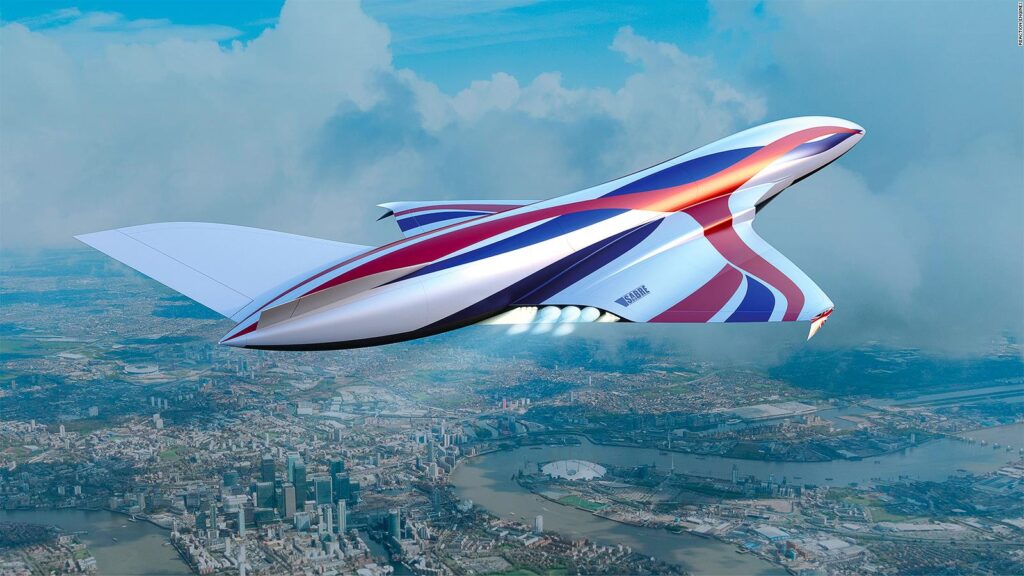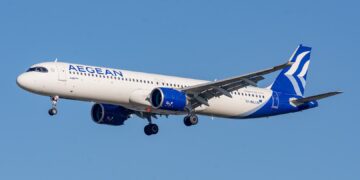China is developing a hypersonic aeroplane capable of transporting ten passengers to anyplace within the world in but an hour. The 148-foot-long (45-meter) plane is a few third the dimensions of a Boeing 737 and has delta wings the image of that of Concorde, the world’s initial supersonic aeroplane, however with the guidelines pointed skyward, rumored the Daily Mail.

Officials hope to create a fleet of the jets by the tip of 2035 and to extend their capability to a hundred individuals by 2045 – though their actual purpose is nonetheless to be disclosed. attributable to its tangled construction, the plane are going to be able to travel at a speed of physicist five or quite 5 times the speed of sound.
A study by Chinese house scientists collaborating within the country’s Mars and moon missions undraped a model of the plane. Its style was galvanized by the Boeing Manta X-47C, a NASA project that was shelved in 2000 because of its high price.

- The EuraAsian Times had antecedently reported that a brand new structure is being developed by the aeromechanics analysis Institute of the state-owned Aviation trade Corporation of China (AVIC).
- The structure, called FL-64, has passed air flow distribution standardization tests at high Mach numbers and might simulate the severe speeds and temperatures encountered by hypersonic weapons.
- The structure will last quite thirty seconds, permitting it to check associate degree aircraft’s hypersonic capabilities, like weapon separation and readying.
- FL-64 is meant to handle crucial mechanics problems Janus-faced by numerous craft, and it’ll function another vital tool within the development of hypersonic weapons and instrumentation, furthermore as providing a position to support China’s part aspirations.
- China has been within the news for its speedy strides in hypersonic technology.
- In July this year, it had tested a hypersonic glide arm that reportedly traveled round the Earth in what was a unprecedented exploit achieved by the Chinese.
- However, a couple of weeks earlier another beautiful news emerged that a second missile was dismissed from this hypersonic glide vehicle into the South China ocean.
- Neither the u. s. nor Russia has ever achieved such a exploit.
- It had been believed then that China’s hypersonic capability may so much exceed that of the North American nation and Russia.
China Adopts Project Junked By NASA?

Based on a daring style by a NASA human quite twenty years agone, a Chinese analysis team reportedly engineered and tested a model hypersonic flying engine.
The Two-Stage Vehicle (TSV) X-plane designed by Ming dynasty Han Tang – the then head engineer of NASA’s hypersonic program within the late Nineteen Nineties – was steam-powered by 2 separate engines on the edges, in contrast to most hypersonic craft with associate degree engine within the belly.
At lower speeds, the engines may operate as regular rotary engine jet engines and transition to a high-speed mode with no moving parts once the craft accelerates to 5 times the speed of sound or higher.
The United States canceled testing Ming’s style of the Boeing Manta X-47C, the initial hypersonic plane program, within the early 2000s because of technical challenges and price.
But academic Tan Huijun and his colleagues at Nanjing University of physics and physics in China have engineered a model machine with a combine of side-opening air inlets supported a unclassified blueprint of Ming’s construct.
Tan, WHO has received the Chinese government’s awards for his contributions to the country’s hypersonic weapons program, place the model through its paces during a structure that would simulate flight conditions from four to Mach eight for several seconds.
Tan and his team found that the engines might begin even within the most tough of flight conditions, even as dynasty had expected back at National Aeronautics and Space Administration, as antecedently reportable by SCMP

China’s Hypersonic Plane
- China has issued statements that would be seen as a pointy rebuttal to the Americans and a powerful message to its western rival concerning its native hypersonic capabilities.
- “The US Government had mostly neglected Ming’s plan, however in China, the look was gaining traction as a result of “understanding its work mechanism will give necessary steering to hypersonic plane and engine development,” Tan and colleagues aforementioned during a paper revealed within the Chinese peer-reviewed, Journal of Propulsion Technology.
- While the model is unlikely to travel into production before long, the team claims that “knowing its work mechanism will give very important direction to hypersonic plane and engine development”.
- Engineers tested however well the plane would operate at high altitudes employing a new mechanics model that has been verified helpful in China’s recent area missions.
- Attributable to the high-speed heat and pressure, they conjointly discovered parts of the plane that required to be strong.
- China’s hypersonic weapons program started before long when dynasty quit National Aeronautics and Space Administration, in step with some Chinese scientists.
- This was conjointly a time once several Chinese-origin scientists and physicists were purged from necessary yankee organizations thanks to major mistrust of ethnic Chinese within the us.
According to Tan and his colleagues, Ming’s style wasn’t ideal. robust turbulence might occur around many corners of the air recess, compromising flying stability, in step with simulation and experimental results.
In the earliest stages of flight, China’s hypersonic weapons typically utilize a rocket.
The rocket shuts down when reaching a high altitude and high speed, permitting the body process engine to require over.

However, Yin Zeyong, Director of science and technology at the Aero Engine Corporation of China in capital of Red China, aforesaid China was additionally within the method of fast-developing and testing turbojet engines capable of flying at Ernst Mach 3-4 to enrich or replace the rocket in hypersonic flight.
Turbine-based mixed cycle engines is also a a lot of possible and ideal various, consistent with a paper revealed within the journal Aeroengine earlier this year. By 2035, Chinese house officers hope to possess a jet that may transport ten passengers anyplace on the world in Associate in Nursing hour.



































